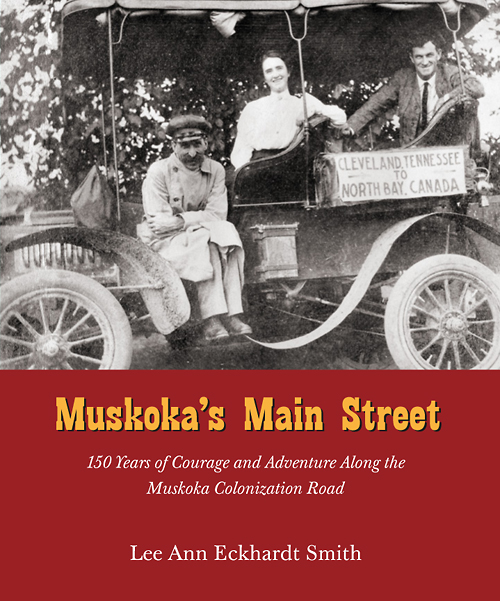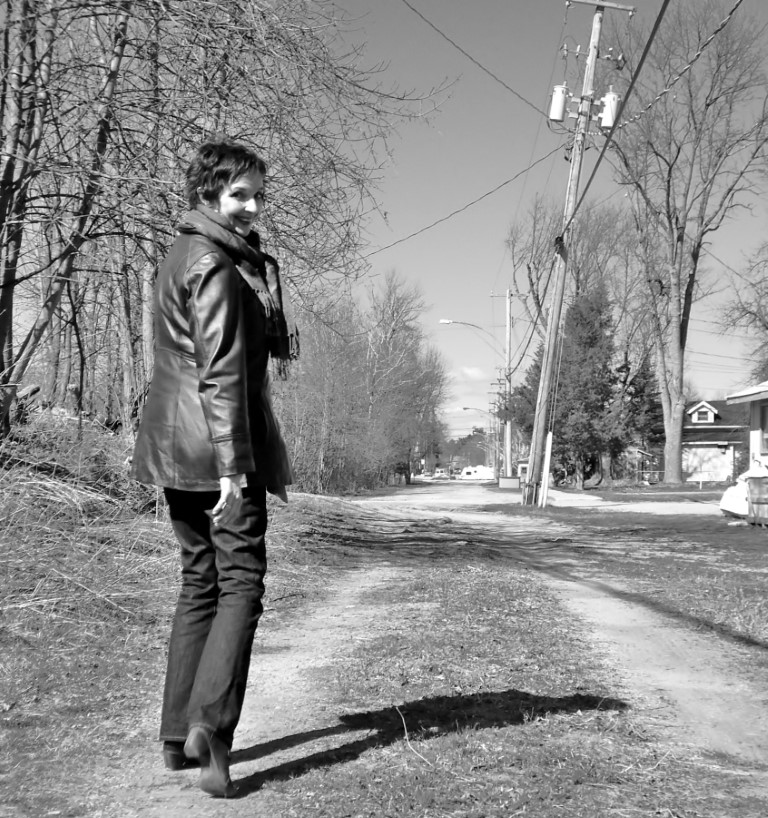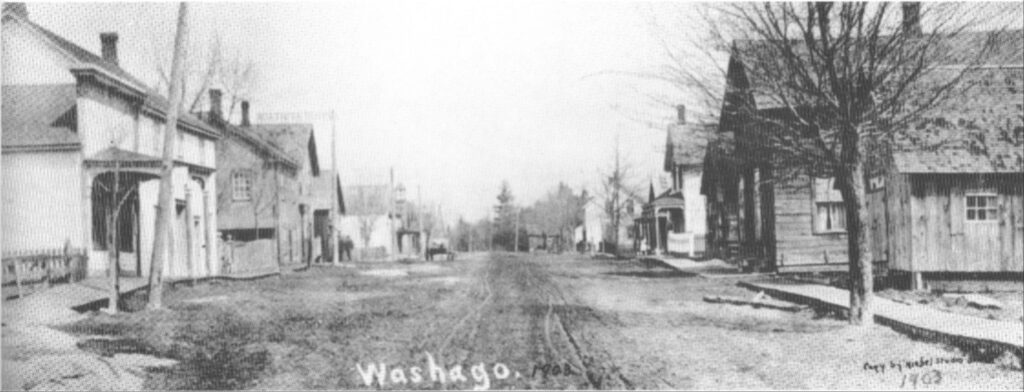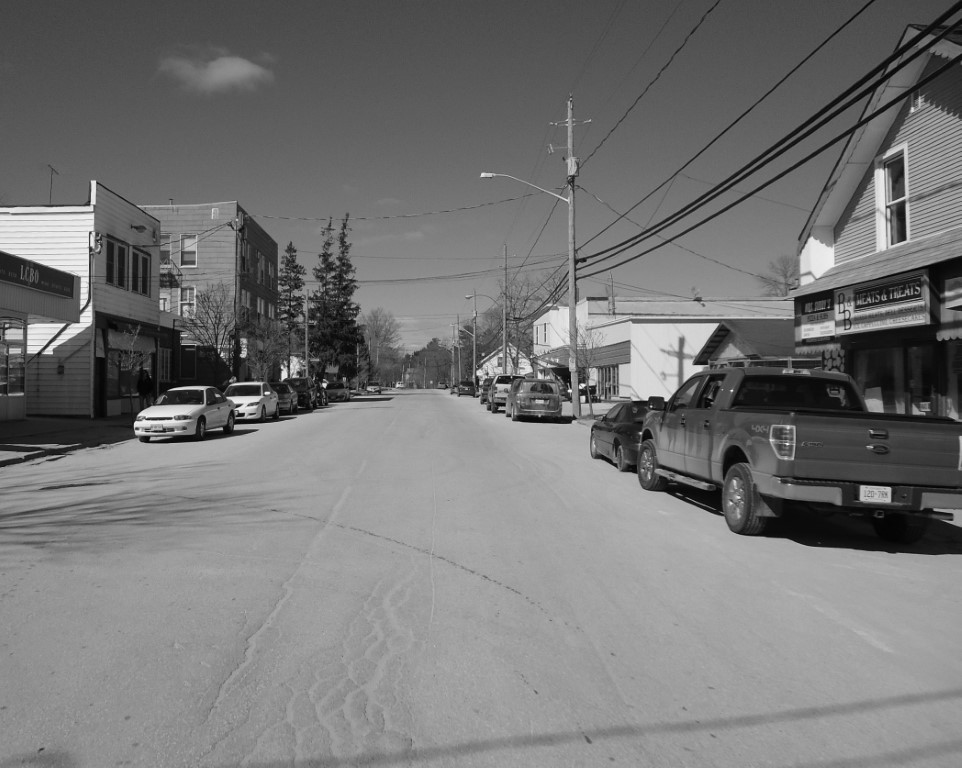MY MUSKOKA
The scope of Muskoka’s Main Street is a territory along the 172 kilometre length of the colonization road, stretching from Washago to just south of Lake Nipissing. My personal Muskoka is firmly anchored in a one-acre cottage property that hugs the shore of Green Bay on Three Mile Lake.
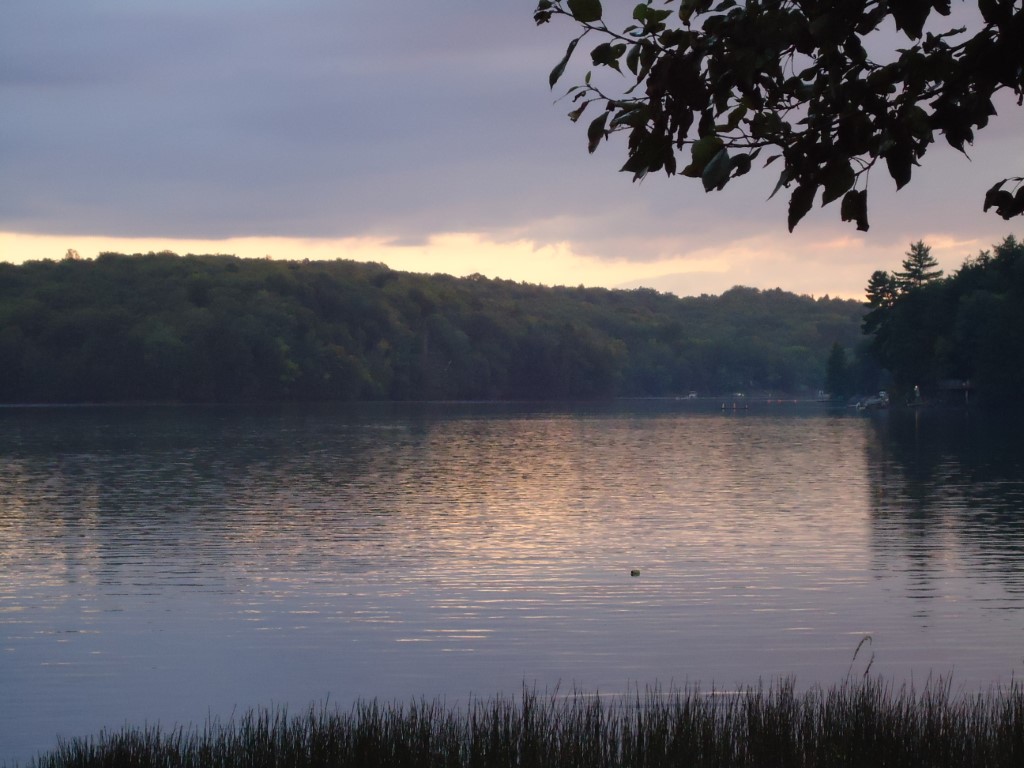
This property has been owned by only two families in the past 150 years. The Shea family – one of the first to settle in Watt Township – took possession of it in about 1862, as part of their 200 acres of free grant land. Just over 100 years later, the Sheas subdivided their land and the lot was bought by my in-laws, Joan and Don Smith.
I love the sense of history that I get from roaming the property. I can stand on the strip of beach in the exact spot where a photo from Bert Shea’s memoir shows the pioneer Sheas in two canoes carved from one massive tree taken off Long Point. They grew wheat on our lot; I can imagine William Shea launching his canoe full of grain in 1863, to be taken over water and portage to Gravenhurst and then by pack over the Muskoka Road to Washago and the closest grist mill.
I can also picture my father-in-law sawing a hole through the ice on a winter trip to the cottage (one of my rare winter trips). And my children as babies sitting in the shallow water, their diapers swelling up to alarming proportions. I can hear the chatter that accompanied my sister and I stirring vats of macaroni salad for “Cousin Fest.”
In Muskoka, it’s all about the land, isn’t it? The craggy grey rock with its distinctive pink grain, rising in sheer cliffs or, as on our lot, poking out from the thin, sandy soil. It’s also about the trees: the mixed hardwood forests that still tower out of that inhospitable base. The Sheas named Green Bay not for the colour of the water in late summer, but for the trees that ringed the bay, and still do.
Maybe above all else, Muskoka is about the lakes. The whole of Green Bay was once the playground of the pioneer Shea and Veitch families. Imagine having that as your back yard! I can imagine it. Because part of this bay is my Muskoka, rooted in Muskoka pioneer history and now Smith family history.
I used to define my Muskoka within this boundary. Muskoka’s Main Street has given me an even richer scope.
